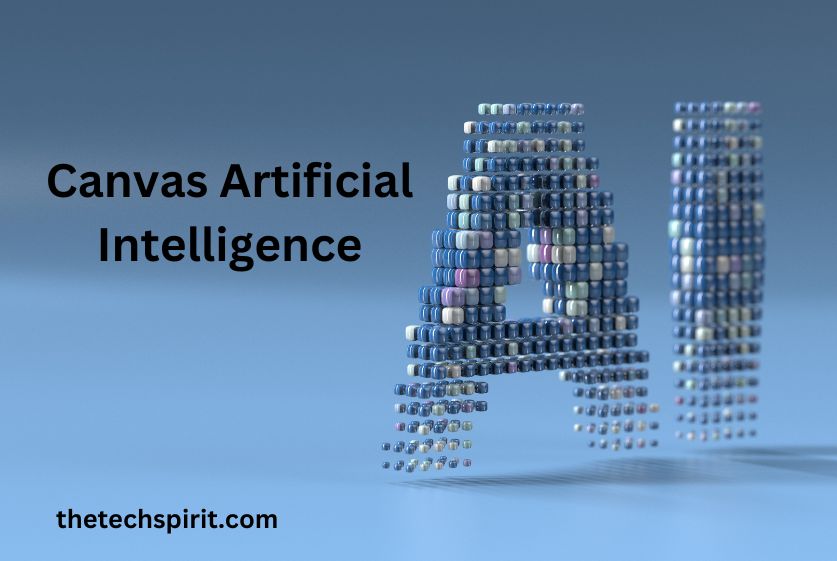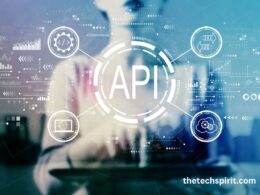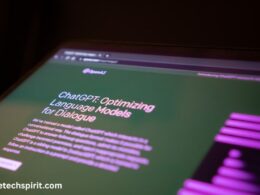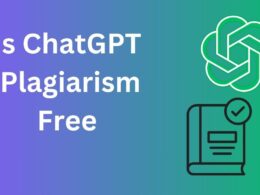Table of Contents
Canvas is an artificial intelligence (AI) platform developed by Anthropic to serve as a versatile digital assistant capable of understanding requests, gathering information, and carrying out a wide variety of tasks. Since its launch in 2021, Canvas Artificial Intelligence has quickly become one of the most advanced conversational AI systems available.
What is Canvas?
Canvas functions as a conversational agent an AI system designed to communicate with humans through text or speech interfaces. It utilizes powerful natural language processing (NLP) to analyze requests, tap into its extensive knowledge graph, and formulate thoughtful responses.
Canvas can understand complex instructions, gather additional details if needed, and execute customized actions. It is not limited to narrow pre-defined capabilities but instead aims to serve as an intelligent personal assistant able to help with nearly any task it is asked to perform.
Origins of Canvas Artificial Intelligence
Canvas originated from research conducted at Anthropic, a San Francisco based AI safety startup. Engineers at Anthropic were interested in developing AI that could understand the implications of its actions.
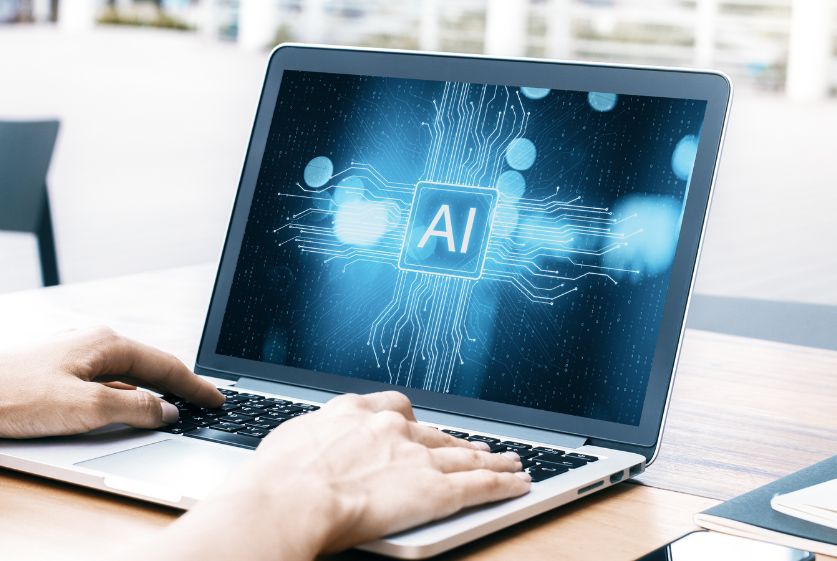
They created Constitutional AI, which constrains systems to behave helpfully, harmlessly, and honestly. Canvas leverages these safety techniques to ensure reliable and benign operation.
Early versions focused on natural language conversations. Following positive reception, the team productized Canvas into a multipurpose AI assistant for personal and enterprise use.
Key Capabilities
With advanced NLP algorithms and diverse training, Canvas has robust conversational abilities and skill at completing requested tasks:
- Text conversations – Discuss topics, ask questions, provide instructions
- Information lookup – Search the internet or access structured data
- Content creation – Write articles, generate ideas, reformat documents
- Task automation – Fill out forms, schedule meetings, complete workflows
- Logical reasoning – Answer questions, make inferences, analyze issues
- Personal assistance – Manage schedules, take notes, control smart devices
These represent just a sample of Canvas’ extensive capabilities. Its flexible architecture allows it to take on virtually any task it can understand well enough to attempt.
Use Cases
Canvas shines through its versatility across a spectrum of personal and enterprise settings:
- Individual use – Serve as a multi-skilled personal assistant to help offload mundane responsibilities.
- Business productivity – Act as an AI-powered assistant to individual employees or entire teams to enhance efficiency.
- Customer service – Provide intelligent and customized support to customers to improve satisfaction.
- Market research – Rapidly analyze trends, consumer sentiment, product opportunities, and more.
- Content creation – Develop written content tailored to defined guidelines and quality standards.
These examples highlight Canvas’ breadth. It aims to offer general intelligence for nearly any need rather than specialized intelligence narrowly focused on predetermined tasks.
Understanding Canvas Artificial Intelligence
To better appreciate Canvas’ impressive capabilities, it helps to understand some key elements underlying this advanced AI system.
Architecture
Canvas utilizes a modular architecture composed of multiple components:

- The natural language processor analyzes text and verbal inputs to assess their meaning.
- The knowledge graph stores known concepts and relationships to tap into.
- Neural networks apply reasoning to shape coherent responses.
- Constitutional AI constraints enforce helpful, harmless, and honest behavior.
- Training pipelines continually expand capabilities through deep learning techniques on diverse datasets.
Together, these core components provide the intelligence, knowledge, and safety for Canvas to function effectively. Its modular architecture also makes Canvas highly customizable, scalable, and explainable.
Knowledge Graph
Canvas stores concepts, entities, and the relationships between them in a structured knowledge graph. This includes:
- General world knowledge – Cities, countries, people, events, and concepts gleaned from books and datasets.
- Specific user memories – Conversations, preferences, tasks, and contextual understandings of individual users.
When responding to inputs, Canvas utilizes relevance matching to tap into the most pertinent connected nodes within its knowledge graph. This allows it to leverage both public knowledge and personal understandings tailored to the user.
The knowledge graph also facilitates detailed explanations. Canvas can describe the key connections it identified between an input and its formulated response.
Neural Networks
In addition to the knowledge graph, Canvas relies on powerful neural networks to handle tasks like:
- Natural language processing – Understanding text, verbal inputs, and documents.
- Assessing requests and determining appropriate actions.
- Logical reasoning and inference to answer questions.
- Content generation tailored to specified guidelines.
These networks comprise millions of weighted parameters that Canvas tunes through deep learning techniques over vast datasets. The results are intricate models capable of impressive reasoning, communication, and task execution abilities.
Natural Language Processing
As a conversational AI assistant, advanced natural language processing (NLP) capabilities enable Canvas to handle free-form human requests rather than just narrow pre-defined commands.
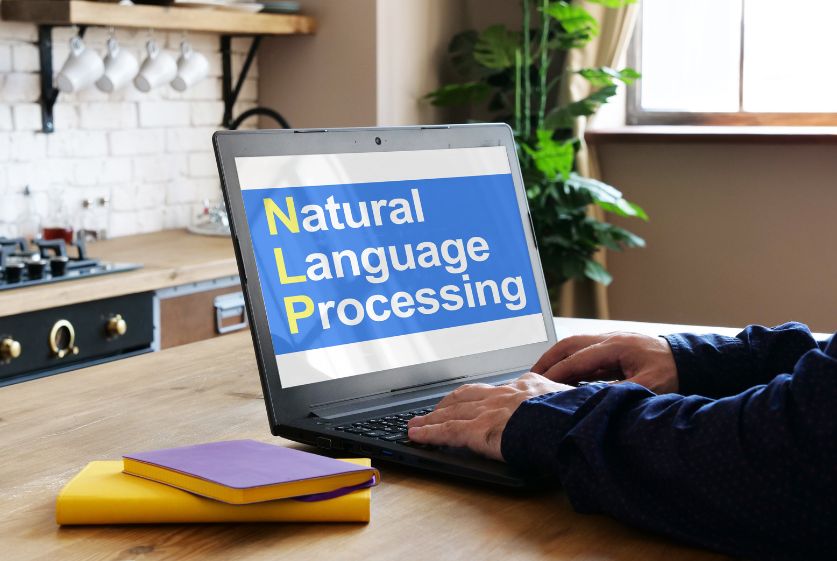
Key NLP understanding techniques include:
- Semantic analysis to extract meanings from text.
- Sentiment assessment to gauge emotional sentiment.
- Intent classification to determine the desired actions.
- Entity recognition to identify key nouns and concepts.
This high-level language comprehension allows Canvas to interpret complex instructions, clarify uncertainties, ask follow-up questions when needed, and fulfill requests even if they involve multi-step processes.
Key Features
In addition to its advanced core capabilities, some key features make Canvas uniquely versatile and trustworthy.
Customization
Canvas offers substantial customization potential at multiple levels:
- Users can fine-tune parameters that shape their behavior.
- Personal memories and preferences are stored to learn individual patterns.
- Skills and knowledge can be selectively upgraded through ongoing deep learning.
- New actions and workflows can be defined using Python scripts.
This means Canvas can closely align with each user’s specific needs rather than offering rigid uniform experiences. Customization facilitates versatility across a spectrum of potential applications.
Scalability
The underlying architecture provides immense horizontal scalability:
- Compute resources like GPUs can be elastically scaled to meet demands.
- Concurrent user sessions are handled in isolated virtual environments.
- The team offers an enterprise platform to securely manage large organization-wide deployments.
These capabilities allow Canvas to cost-effectively scale from individual users up to serving thousands of enterprise employees if desired while keeping user data logically separated.
Explicability
Canvas offers sophisticated explicability features to describe its reasoning and thought processes.
For any response, Canvas can break down key factors like:
- Knowledge graph connections tapped into.
- Inference paths are used in logical reasoning.
- Training correlations behind certain generated text.
This level of detail builds great transparency increasing trust and allowing errors to be diagnosed and addressed systematically.
Data Privacy
Canvas implements state-of-the-art confidential computing hardware and encryption to keep user data ultra-secure:

- Isolated virtual machines logically separate each user.
- All personal data remains encrypted even during processing.
- Ongoing third-party audits verify security and proper controls.
With no data ever persisting in unencrypted and isolated processing environments, users enjoy assurance their interactions and information remain completely private. This facilitates usage even for sensitive topics.
Benefits and Drawbacks
Canvas delivers immense promise to enhance productivity and quality of life but also has some inherent limitations.
Benefits
The versatility to function as an intelligent assistant across countless everyday responsibilities provides wide-ranging upsides:
- Saves time through automation of mundane tasks.
- Allows focusing mental energies on higher priorities.
- Reduces stress from juggling obligations.
- An engaging companion that understands personal contexts.
- Boosts efficiency and performance outcomes.
Both individuals and organizations stand to unlock immense value from Canvas’s continual assistance.
Drawbacks
There are some inherent downsides as well:
- Requires reasonable monthly fees given high computing demands.
- Potential for overreliance in areas humans should own.
- AI limitations create errors in complex unknowns.
- Challenges securing full comfort with perpetual surveillance.
- Possibility to sometimes act over-automatically without confirming user consent.
These points illustrate areas for improvement but Anthropic actively studies ethical considerations and trust principles to mitigate such concerns.
Limitations
Key limitations involve:
- Understanding implicitly or vaguely stated requests.
- Executing creative human behaviors like humor and wit.
- Making subjective judgments requires real-world experiences.
- Handling requests counter to Constitutional AI guardrails.
- Building comprehensive mastery exceeding human level on all fronts.
While advanced in areas like logical reasoning, difficulties grasping subjective contexts highlight the remaining gap in human general intelligence.
The Future of Canvas Artificial Intelligence
Canvas’s fast pace of progress shows immense promise to expand capabilities and applications even further.
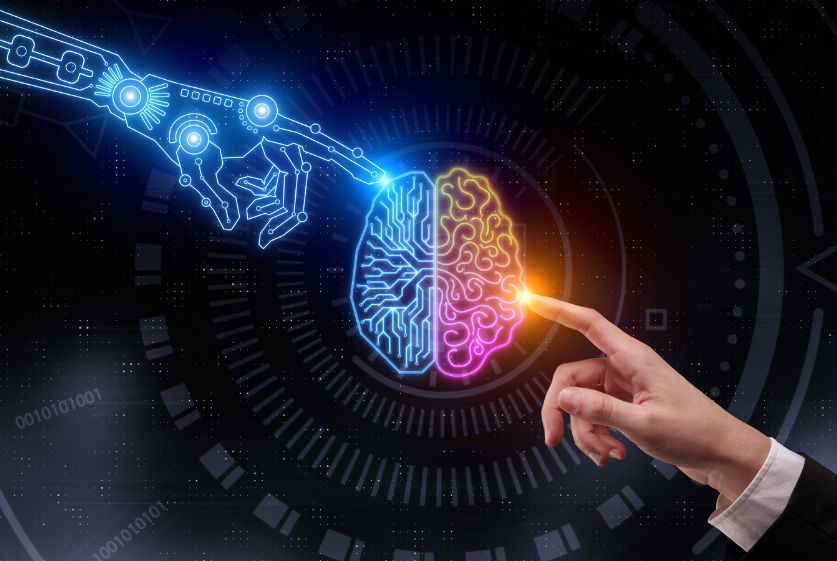
Enhanced Personalization
More advanced personalization will tailor Canvas even more closely to each user’s unique preferences, contexts, and customary ways of operating.
- User environment integration – Understand home layouts and device connectivity to enhance smart home orchestration and context-aware behaviors.
- Human relationship modeling – Discern nuances among family members, friends, and contacts to tune interactions appropriately.
- Affective computing – Detect emotional states through mechanisms like vocal analysis to respond more empathetically.
These measures aim to make interactions feel less robotic and more intuitive.
Integration With Other Systems
Tighter coupling with external systems unlocks more powerful automation:
- IoT ecosystems – Control networked appliances, sensors, vehicles, and machinery seamlessly.
- Business software suites – Harness CRMs, ERPs, and BI tools as bidirectional data sources.
- Digital documents – Scan, import, and export to multiple file types and cloud storage systems.
- Smartphone apps – Connect mobile experiences with desktop contexts through Android and iOS app integration.
Breaking data silos makes Canvas a compression point for managing other software and devices.
New Industries and Applications
Canvas makers ey additional applications like:
- Clinical assistance – Help doctors digest patient information and treatment guidelines.
- Financial analysis – Empower investors to analyze markets, securities, and macroeconomic trends.
- Creative workflows – Assist processes like designing, animating videos, or architecting systems.
- Autonomous vehicles – Enable self-driving trucks, delivery robots, and passenger transports.
The future roadmap continues pushing the boundaries of beneficial AI automation.
Ongoing Research
Areas of ongoing research include:
- Multimodal interaction – Seamlessly converse using both text and voice interfaces.
- Long-term contextualization – Continuously expand and evolve understandings of user histories and environments.
- Explicability – Increase transparency into Canvas reasoning across wider problem spaces.
- Robotics – Expand from software automation into physical world assistance via drones, robotics, and the metaverse.
Advancements aim to enhance Canvas’s general intelligence and widen its spectrum of possible applications.
Conclusion
Canvas Artificial Intelligence delivers an immensely capable platform to serve virtually any need through its conversational interface and intelligent automation skills. Its advanced natural language processing, vast knowledge graph, neural networks, and constitutional safety model work together to facilitate wide-ranging personalization across diverse use cases.
While biases and capability limitations persist, active research focused on trust, security, and collaborative behaviors continues to enhance reliability. Canvas provides a glimpse into the transformative potential of AI while keeping harmful risks at bay.
Its vision to monitor and steer all connected parts of people’s lives does require comfort with perpetual surveillance in exchange for immense convenience and productivity. But with customization enabling minimized data retention, ethical engineering safeguarding security, and relentless efforts to smooth rough edges, Canvas pushes boundaries on just how assistive AI could become.
FAQs
Does Canvas record and store private conversations?
No – all processing occurs in ephemeral isolated environments and no personal data gets persisted without explicit user overrides.
What prevents Canvas from making mistakes with serious consequences?
Constitutional AI principles constrain unhelpful, dangerous, or dishonest actions. Extensive training coverage and explicability tools also enhance reliability.
How does the team expand its capabilities over time?
New neural network models get trained as increased datasets grow covering more topics. Engineers also iterate prototypes focusing on trickier subjective reasoning tasks.
Does Canvas leverage other public AI models like GPT-3?
No – Canvas relies fully on proprietary Anthropic-designed models crafted with safety as a central consideration.
Could Canvas take jobs from human workers?
It aims to assist and enhance productivity rather than fully automate skilled human roles. Impact on specific jobs merits thoughtful policy considerations.





